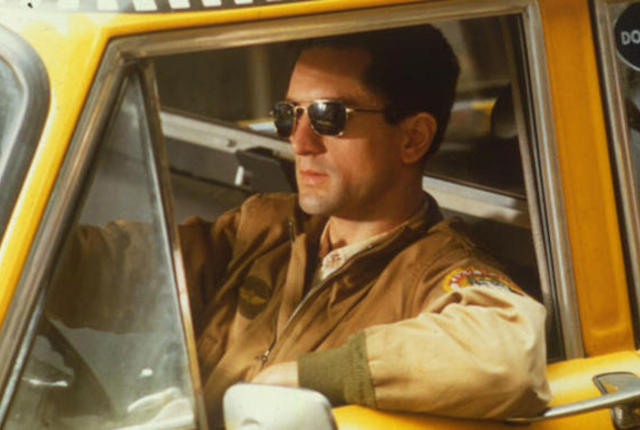Threats led to the perception of creepiness, which is likely why clowns are seen as so unsettling. Unsurprisingly, males were seen as more physically threatening to people of both sexes, and more likely to be seen as creepy.
The report found: “We are placed on our guard by people who touch us or exhibit non-normative nonverbal behavior, or those who are drawn to occupations that reflect a fascination with death or unusual sexual behaviour.” They also asked what hobbies people perceived as creepy, and collecting things came out top. “Collecting dolls, insects, reptiles, or body parts such as teeth, bones, or fingernails was considered especially creepy.” Hobbies that involve ‘watching’, such as birdwatching, was also ranked as creepy by many.
The study found that our “creepiness detector” is activated when our brain is trying to work out whether someone has ill intentions.
Unusual behaviour – like working odd hours – can contribute to this, which perhaps explains why taxi drivers and rubbish collectors appeared in the list. Prof Francis McAndrew’s team concluded: “Everything that we found in this study is consistent with the notion that the perception of creepiness is a response to the ambiguity of threat.” Rather odd that taxi drivers and people in the clergy were seen as creepy.
The study was carried out by asking more than 1,300 people to complete an online survey. Further studies are planned, with the researchers saying that they would like to extend the line of study to creepy places….










